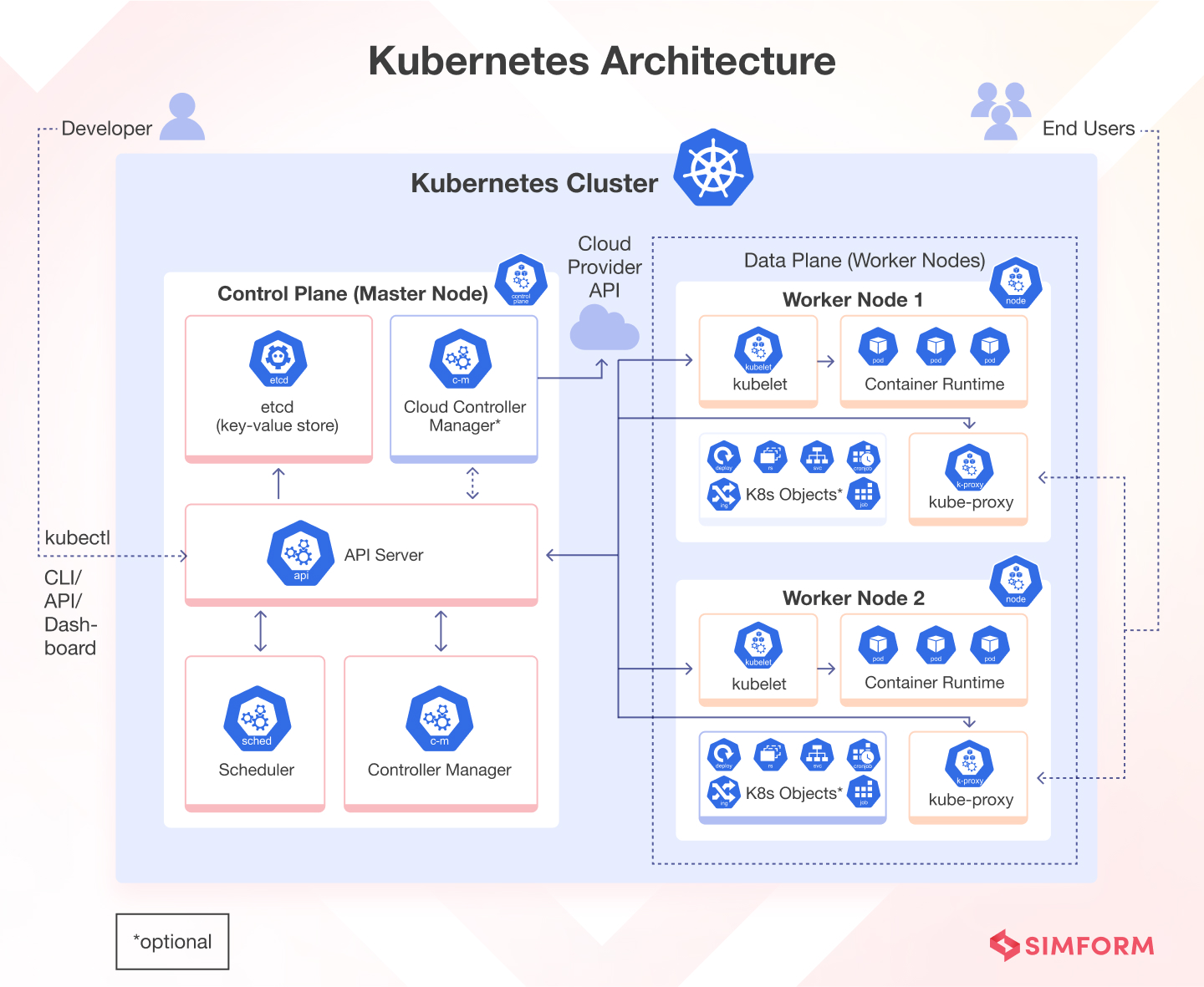Docker started charging enterprises for their desktop app after we'd been using it for years. No warning. They just changed their licensing terms and suddenly half my team needed paid licenses to keep using the tool we'd built our entire workflow around.
Rancher Desktop is SUSE's free alternative. It does most of what Docker Desktop does, with better Kubernetes support and no licensing fees.
Here's What's Actually Different
Docker Desktop treats Kubernetes like an afterthought - it's this janky add-on that barely works. Rancher Desktop is built on K3s from the ground up, so Kubernetes actually works properly.
You can switch between containerd and dockerd runtimes. containerd is faster and works better with Kubernetes. dockerd gives you the regular Docker commands you're used to. But here's the catch: switching between them wipes everything. All your containers, gone. All your images, gone. I found this out at 2 AM while debugging a deployment and accidentally switched runtimes. Had to rebuild everything.
Who Should Actually Use This
You'll probably like it if you:
- Work with Kubernetes regularly and Docker's K8s support pisses you off
- Don't want to pay Docker's ransom fees after they changed licensing
- Prefer tools that don't hide what they're doing behind pretty interfaces
- Need something that works the same way across Mac, Windows, and Linux
Stick with Docker Desktop if you:
- Are new to containers and need hand-holding
- Only run basic Docker containers and never touch Kubernetes
- Your company already pays for Docker licenses and doesn't care about the cost
- Need Windows container support (Rancher Desktop sucks at this)
The Technical Reality
Rancher Desktop runs containers in a VM using Lima on Mac/Linux and WSL2 on Windows. Docker Desktop was a memory hog on my 2019 MacBook - easily 2+ gigs just sitting there doing nothing. Rancher Desktop uses less memory, around 1.5GB usually. You notice the difference when you're running Chrome, Slack, VS Code, and everything else.
The settings UI looks like it was designed in 2018, but it works. You can switch Kubernetes versions easily - currently supports 1.28.13, 1.29.8, and 1.30.5. Warning: upgrading versions preserves your workloads, but downgrading deletes everything. Found this out when I accidentally downgraded from 1.30 to 1.29 and lost a whole day's worth of test deployments.
Performance Reality Check
On my M2 MacBook Air, Rancher Desktop starts up faster than Docker Desktop. Not life-changing but noticeable when you restart daily.
Image builds are roughly the same speed as Docker Desktop. Where containerd shines is image pulls - they're noticeably faster, especially for large images. But here's the catch: if you're used to Docker Desktop's GUI for managing volumes and images, you're going back to the command line. Hope you remember those CLI commands you copy-pasted from StackOverflow.
How It Fits Into Your Actual Workflow
If you do serious Kubernetes work, this is where Rancher Desktop is better. The K3s cluster catches issues that Docker Desktop's Kubernetes setup misses. Helm charts deploy properly, kubectl doesn't have weird edge cases, and testing CI/CD pipelines actually works.
I've been using it with Skaffold for two months and it just works. Docker Desktop's Kubernetes breaks randomly and needs restarts. With Rancher Desktop, I've only had to restart when I screwed up my own configs.




